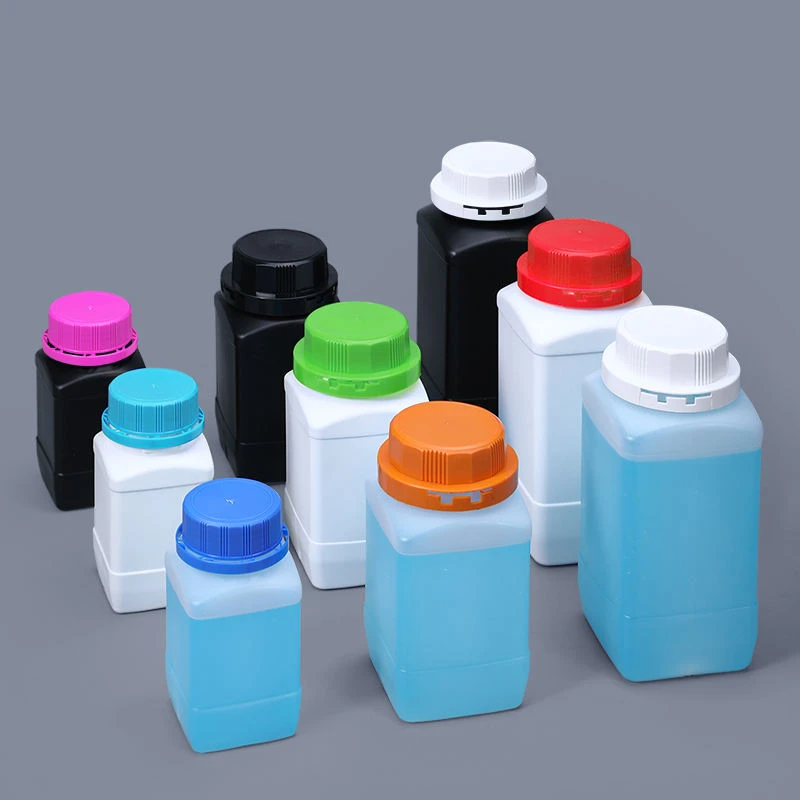plastic juice bottles with caps
The Rise of Plastic Juice Bottles with Caps Convenience and Sustainability
In today's fast-paced world, the convenience of ready-to-drink beverages is a growing trend. Among these, juice occupies a special place not just for its taste but also for its nutritional benefits. Over the years, plastic juice bottles with caps have emerged as the go-to packaging solution for juice manufacturers owing to their practicality, durability, and cost-effectiveness. This article will explore the features, benefits, and sustainability considerations surrounding plastic juice bottles.
Design and Functionality
Plastic juice bottles are typically made from materials such as PET (Polyethylene Terephthalate) or HDPE (High-Density Polyethylene), which are lightweight and resistant to breakage. These materials ensure that juice is protected from contamination while also being easily transported. The incorporation of caps adds a layer of convenience, allowing consumers to seal their beverages after use, thus preventing spills and maintaining freshness.
The design of these bottles often includes features such as a wide mouth for easy filling and pouring, and ergonomic shapes that are comfortable to hold. They come in various sizes, from single-serving bottles to larger containers for families. This range ensures that there is a suitable option for every consumer, whether they are at home, on the go, or hosting a gathering.
Health and Safety Compliance
Health and safety are paramount when it comes to packaging food and beverages. Plastic juice bottles with caps are rigorously tested to ensure they are safe for consumer use. Regulations set by health authorities require that all materials used in food packaging—especially those that come in direct contact with the beverage—be non-toxic and free from harmful chemicals.
Moreover, many manufacturers are now fortifying plastic juice bottles with features that enhance safety, such as tamper-proof caps and UV barriers that protect the juice from light exposure, thereby preserving its taste and nutritional value
.Environmental Considerations
plastic juice bottles with caps

Despite their practical advantages, the environmental impact of plastic packaging has come under scrutiny. The single-use nature of many plastic bottles contributes significantly to global plastic waste, which poses a threat to ecosystems and wildlife. In response, the juice industry is actively seeking sustainable alternatives.
Recycling programs are becoming increasingly common, allowing consumers to return their plastic bottles for processing. Many companies are investing in the development of bottles made from recycled plastics and even exploring biodegradable materials as an alternative to traditional plastics. The concept of a circular economy is gaining traction, with the goal of minimizing waste and maximizing the reuse of materials.
Further, innovative companies are implementing practices where they encourage consumers to refill their bottles, thereby reducing the demand for single-use plastics. By shifting towards refillable systems, businesses can foster a culture of sustainability while maintaining the convenience that consumers seek.
Market Trends and Consumer Preferences
With growing awareness of environmental issues, consumers are becoming increasingly conscious of the products they purchase. This shift in mindset has led to a rise in demand for organic and sustainably packaged juices. Companies are responding by marketing their products with eco-friendly credentials, such as the use of recycled materials for their bottles or certifications for sustainable sourcing.
In addition to environmental considerations, health trends are influencing packaging choices. Consumers are gravitating towards juices that are free from additives and preservatives, prompting manufacturers to adopt clean-label practices. This includes transparent labeling that informs shoppers about the ingredients and the sourcing of their beverages.
Conclusion
Plastic juice bottles with caps represent a fusion of convenience and versatility in the beverage industry. They cater to the needs of busy consumers while ensuring the safety and freshness of juices. However, the environmental challenges posed by plastic waste demand a collective effort from manufacturers, consumers, and governments alike to promote sustainable practices.
As we move forward, the evolution of plastic juice bottles is likely to continue, embracing innovation that aligns with modern sustainability goals. By making conscious choices and leveraging technologies aimed at reducing plastic waste, we can enjoy the convenience of juice in a manner that respects and protects our planet.
-
Aesthetic Makeup Spray Bottles | Fine Mist Empty RefillableNewsAug.19,2025
-
White Plastic Veterinary Vaccine Vials | Lab Liquid BottlesNewsAug.18,2025
-
Plastic Medicine Liquid Bottle: Secure Flip Top Drug VialsNewsAug.17,2025
-
Durable 250ml Blue Plastic Vaccine Vial for Lab & Vet UseNewsAug.16,2025
-
Sterile Virus Sample Tubes: Secure & Reliable Specimen CollectionNewsAug.15,2025
-
White 250ml Plastic Vaccine Vial for Lab & Vet MedicineNewsAug.14,2025
























